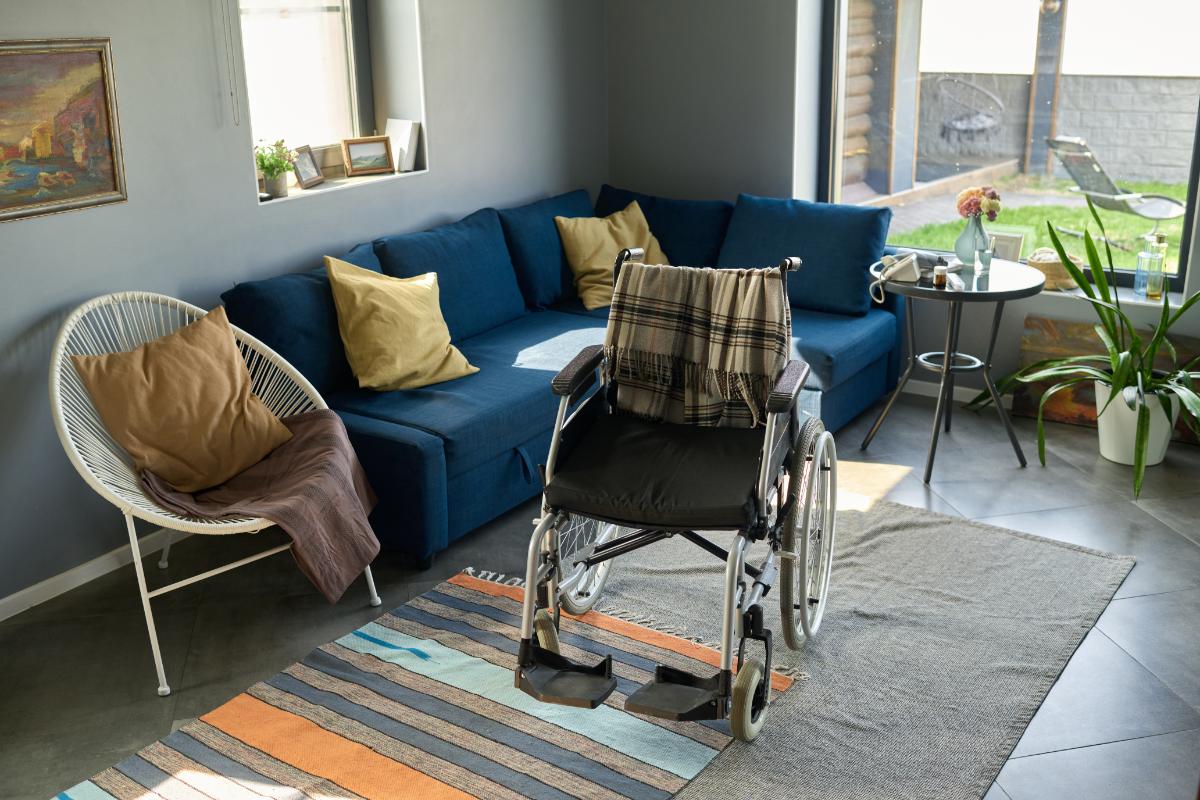Dementia may change memory and behavior, but it doesn’t diminish the human need for joy, beauty, and connection. Even as cognitive abilities shift, moments of happiness and spark are still possible—and incredibly meaningful. In fact, small, joyful experiences can become emotional lifelines for both the person with dementia and their caregiver.
Whether you’re new to caregiving or deep in the journey, here are seven gentle, beautiful ways to bring more joy into dementia care.
- Use Music to Awaken the Heart
Music has a magical ability to stir memory, soothe anxiety, and reconnect people to their sense of self. Play songs your loved one used to enjoy—old love ballads, gospel hymns, cultural folk songs, or their favorite childhood tunes.
Create a “memory playlist” on a device or use simple speakers for a calming routine. Watch for toe-tapping, smiles, or even singing along. These moments can be deeply affirming and joyful. - Create a Comforting Sensory Corner
Touch is powerful, especially when words fade. Soft textures, scented lotions, or familiar tactile items like a warm knit blanket or a smooth stone can be grounding.
Set up a small “sensory corner” with objects they can hold or explore: a piece of velvet fabric, a stuffed animal, or scented oils. Rotate items occasionally to reintroduce novelty while keeping things familiar. - Celebrate Small Rituals
Joy lives in the everyday. Create small, meaningful rituals: morning tea with a special mug, reading a short poem at dusk, or lighting a candle together.
These gentle practices add structure, evoke emotion, and build connection. Even if memory doesn’t retain the ritual from day to day, the emotional imprint lingers. - Embrace Nature—Indoors and Out
Spending time in nature reduces stress and increases feelings of well-being. If outdoor walks aren’t possible, bring the outside in with potted plants, nature videos, or a bird feeder by the window.
Open a window to let in fresh air, let your loved one feel the sun on their face, or simply sit quietly together listening to birdsong. - Invite Creative Expression
Art doesn’t require memory—only presence. Offer watercolors, colored pencils, or even clay. Avoid structured expectations and instead allow them to explore and create freely.
Many people with dementia find joy in the colors and movement of painting, even if they can’t articulate it. Creativity bypasses language and taps directly into the emotional core. - Reminisce with Purpose
Looking through old photo albums, reading letters, or watching home videos can spark emotion and memories. Instead of quizzing (“Do you remember who this is?”), try storytelling: “You looked so happy in this dress—was it a special day?”
Even when details are lost, the emotions remain—and those feelings can foster connection and joy. - Laugh Together, Often
Humor is healing. Silly animal videos, light-hearted picture books, or simply sharing a goofy moment together can bring belly laughs and lighten heavy days.
Let go of expectations, embrace the unpredictable, and celebrate the present moment—even if it’s imperfect.

Final Thoughts
Joy doesn’t require perfection. It doesn’t depend on memory. It lives in presence, emotion, and connection. As caregivers, our most meaningful role may not be fixing—but simply noticing, celebrating, and sharing these joyful fragments of life.
Incorporate even one of these practices into your caregiving rhythm, and you might find that joy is not only possible—it’s powerful. Your love, creativity, and presence are the true gifts.
Let’s care with heart—and never stop making room for joy.



